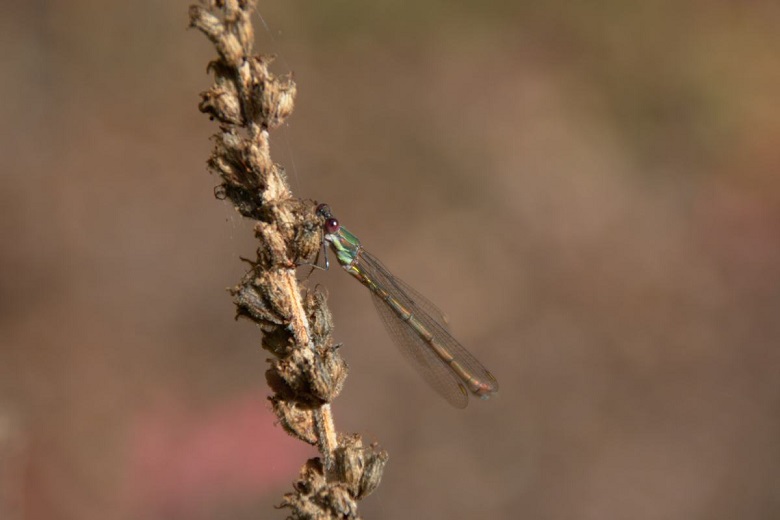Rare dragonfly spotted at Thames Water site
Tuesday 12th November 2019 12:00

Nature enthusiasts in London are being urged to sign up to a Thames Water-backed project to locate and record dragonflies in the capital.
The company is funding the London Wildlife Trust’s Dragonfly Detectives scheme, which asks residents to help create a map of where dragonflies and damselflies live in the city.
The insects, collectively known as odonata, thrive near clean water but little is known about their distribution across London. Many species can be found at Thames Water sites including Kempton Nature Reserve in Surrey.
Support for the scheme comes as volunteers at the reserve spotted a migrant species of the insect on the site.
The female willow emerald damselfly was seen near a pond on Thursday, October 10. It is the first time that breed of damselfly has been found at Kempton and the sighting was confirmed by the British Dragonfly Society.
The insect is about 4cm long with a metallic green body and pale wing spots. It can be found near ponds or other bodies of still water, often those with overhanging trees as it lays its eggs in the bark.
Reserve warden Jane Clarke said: “The willow emerald is a migrant damselfly that was first officially found in 2009 in the East of the country, but now has established itself in London and is spreading.
“It’s great to have our first confirmed sighting of the species at Kempton and I’d encourage nature lovers to keep their eyes out for more dragonflies and damselflies at all Thames Water sites open to the public.”
The Dragonfly Detectives programme is part of the trust’s Water for Wildlife project, which focuses on protecting and increasing the wildlife that lives in freshwater habitats in London.
Anyone who sees a dragonfly or damselfly in their garden, local park or nature reserve can sign up to the scheme and add it to the trust’s online database.
Thames Water has more than 100 sites open to the community, runs five nature reserves and two recreational fisheries as well as supporting a further 22 in partnership with environmental groups such as Wildlife Trusts.
